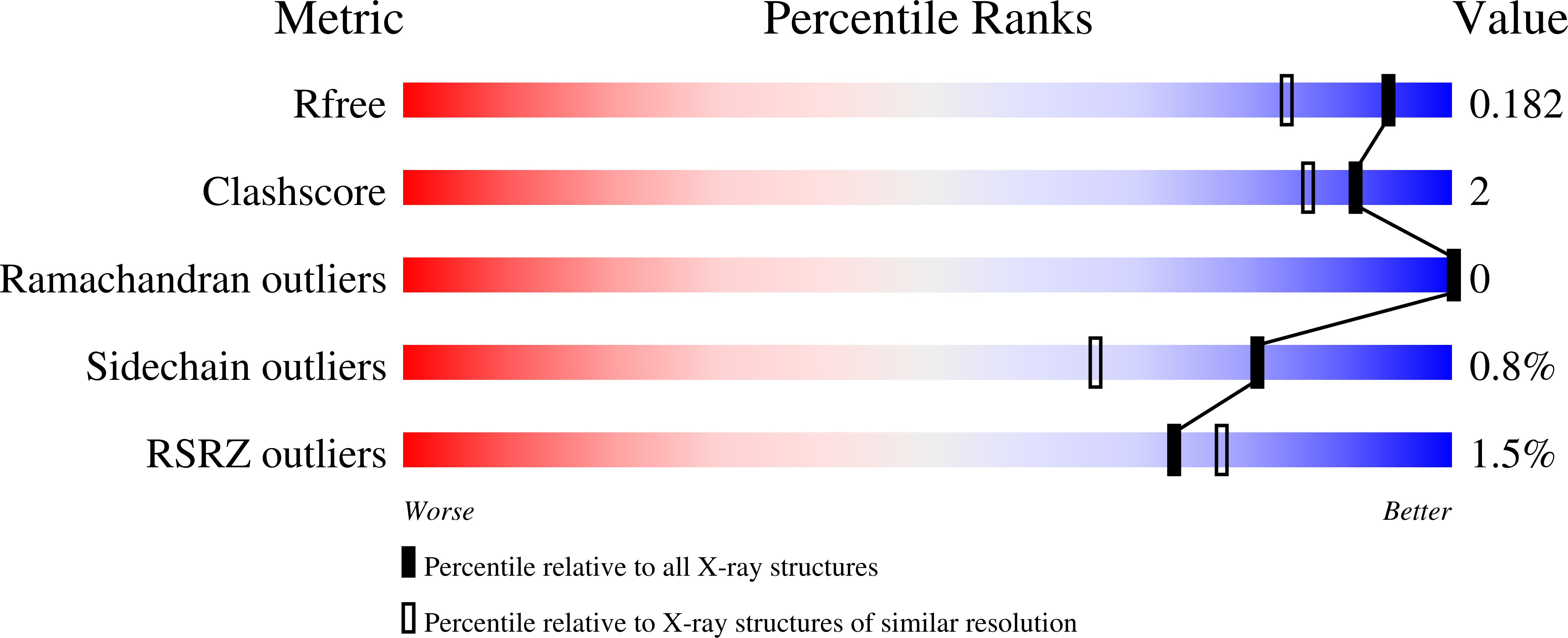Anatomy of Glycosynthesis: Structure and Kinetics of the Humicola Insolens Cel7B E197A and E197S Glycosynthase Mutants
Ducros, V.M.-A., Tarling, C.A., Zechel, D.L., Brzozowski, A.M., Frandsen, T.P., Von Ossowski, I., Schulein, M., Withers, S.G., Davies, G.J.(2003) Chem Biol 10: 619
- PubMed: 12890535
- DOI: https://doi.org/10.1016/s1074-5521(03)00143-1
- Primary Citation of Related Structures:
1OJI, 1OJJ, 1OJK - PubMed Abstract:
The formation of glycoconjugates and oligosaccharides remains one of the most challenging chemical syntheses. Chemo-enzymatic routes using retaining glycosidases have been successfully harnessed but require tight kinetic or thermodynamic control. "Glycosynthases," specifically engineered glycosidases that catalyze the formation of glycosidic bonds from glycosyl donor and acceptor alcohol, are an emerging range of synthetic tools in which catalytic nucleophile mutants are harnessed together with glycosyl fluoride donors to generate powerful and versatile catalysts. Here we present the structural and kinetic dissection of the Humicola insolens Cel7B glycosynthases in which the nucleophile of the wild-type enzyme is mutated to alanine and serine (E197A and E197S). 3-D structures reveal the acceptor and donor subsites and the basis for substrate inhibition. Kinetic analysis shows that the E197S mutant is considerably more active than the corresponding alanine mutant due to a 40-fold increase in k(cat).
Organizational Affiliation:
Structural Biology Laboratory, Department of Chemistry, The University of York, Heslington, York YO10 5YW, United Kingdom.





















